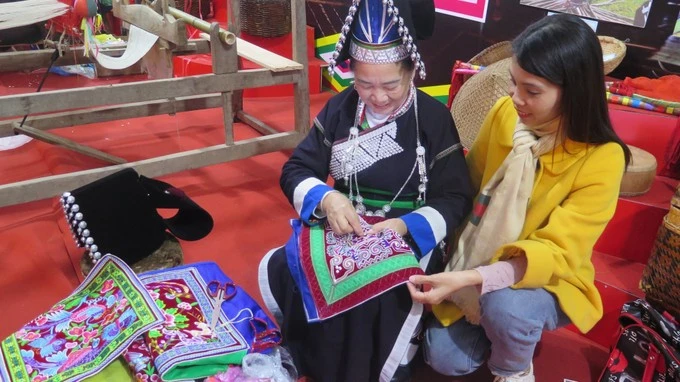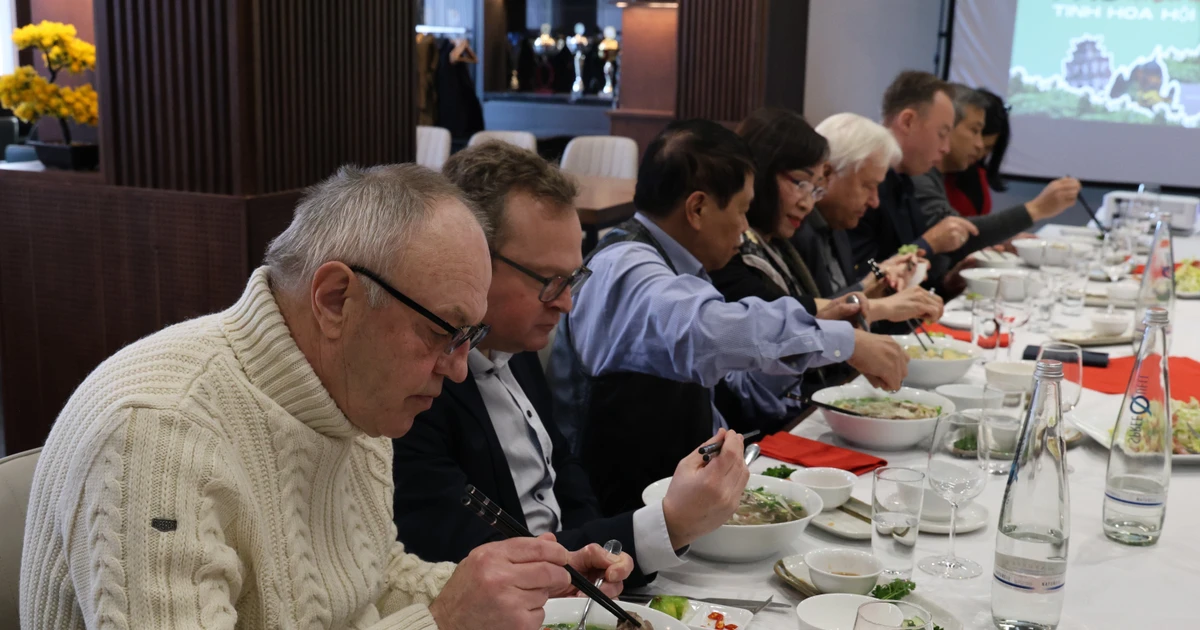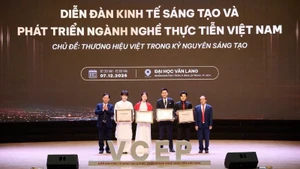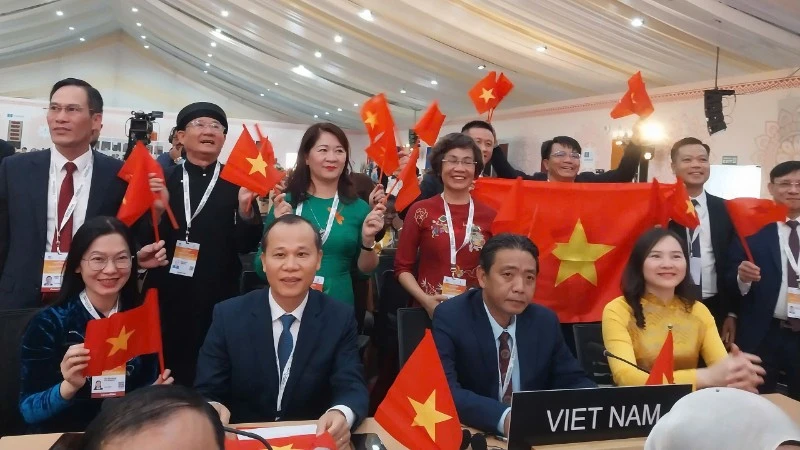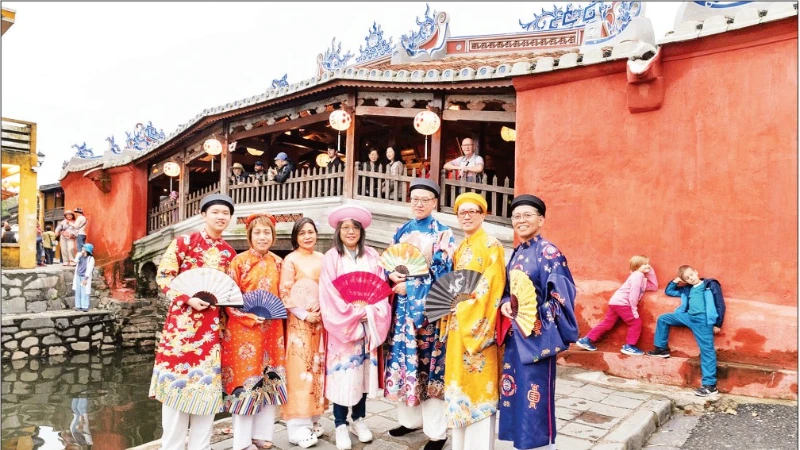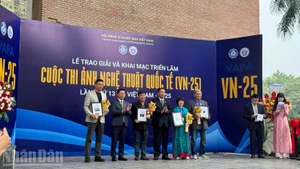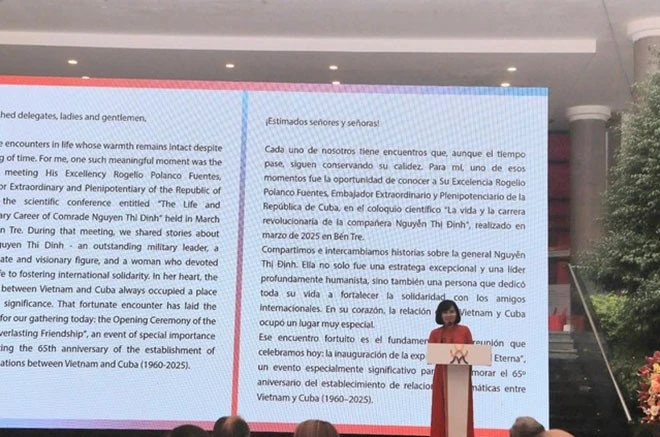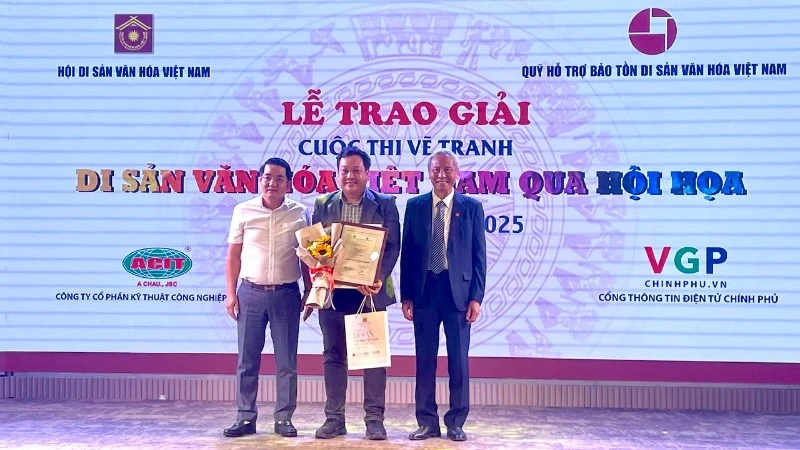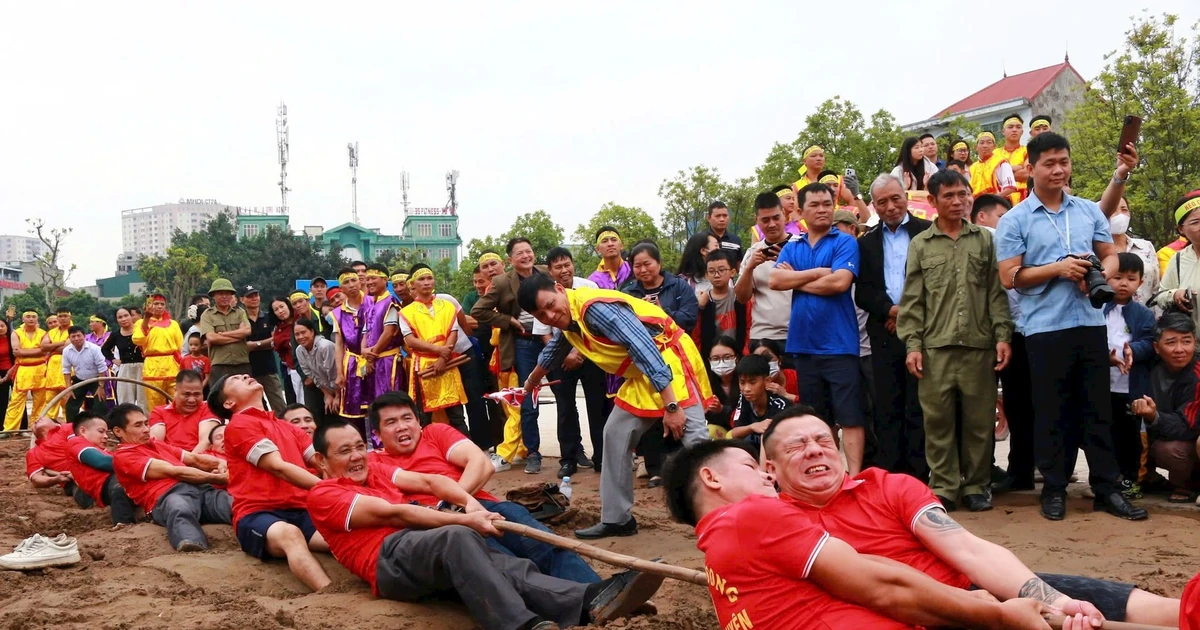Supporting “creators” with greater flexibility
The State plays a central role in setting strategic direction, formulating policies, and creating the legal framework for cultural industries. Assc. Prof. Dr. Bui Hoai Son, Standing Member of the National Assembly’s Committee for Culture and Education, emphasises that the Party and the State have a decisive role, especially within the social institution. There are Party resolutions on cultural development, including the development of cultural industries in tandem with the improvement of the cultural market. The Government also has a strategy for the development of Vietnam’s cultural industries in 2020, with a vision to 2030. However, if legal frameworks fail to resolve bottlenecks, the development of the cultural industry will face considerable difficulties.
According to Dr. Bui Hoai Son, one major issue is the rigidity of legal systems and regulations, which are not yet sufficiently flexible, hindering creativity and technological application. Excessive regulation can, at times, suppress development. Sharing this view, MA Do Quang Minh (Ministry of Culture, Sports and Tourism) notes that State policies should not only serve as legal guidelines but also foster an environment that encourages creativity and investment, allowing businesses and individuals the freedom to express their talents.
Accompanying cultural enterprises
While the State sets the “stage,” the private sector—cultural enterprises—are the “performers,” actively transforming creative ideas into concrete, economically valuable products. On this matter, MA Do Quang Minh observes that today’s cultural businesses have proven their ability to transform intangible values into practical products, ranging from film, music, and fashion, to cultural tourism. Many have made significant investments in research and development, leveraging modern technology to produce cultural products with strong competitiveness in domestic and international markets.
Notably, several cultural enterprises have capitalised on “golden moments” to expand their markets and bring products abroad, significantly enhancing the profile of Vietnamese culture.
Nevertheless, the road to success for cultural enterprises isn’t without its challenges. Nguyen Thi Thuy Dung, CEO of Sunny Vietnam, states that the lack of financial resources, technological limitations, and difficulties accessing international markets are major barriers for companies investing in the cultural sector. Many business owners propose that establishing a cultural industry investment fund is essential to attracting financial capital, enabling them to scale up and enhance competitiveness.
According to Assoc. Prof. Dr. Nguyen Thi Thu Phuong, Director of the Vietnam Institute of Culture, Arts, Sports and Tourism, cultural industry activity in Vietnam is almost entirely driven by small and medium-sized enterprises. Most entrepreneurs in the cultural industry are also creative artists. While passionate and ambitious, they often lack the necessary market management knowledge, leading to significant risks. Indeed, there have already been cases of businesses going bankrupt.
As such, these enterprises require substantial “backing” from the State. Yet, as Dr. Phuong notes, while these businesses struggle, they are also burdened by a VAT increase of 10%. “We must move beyond aspirations,” she said. “By 2025, the cultural industry should contribute 4% to GDP and create jobs for over one million workers.”
Pillar of spiritual values and need for connection
In addition to the State and enterprises, the creative community—including artists, designers, writers, musicians, and innovators—is an indispensable force in generating unique cultural values. In today’s fast-moving digital age, each participating actor brings distinct strengths, contributing to the “success story” of Vietnam’s cultural industry. Dr. Bui Hoai Son reflected that after a period of effort and development, we can now say success has been achieved. For instance, the music video “Bac Bling” by young artist Hoa Minzy is a reminder that the cultural industry has become a trend. Everyone hopes that the spirit of the cultural industry will remain a guiding force in creating unique, standout products.
The success of the cultural industry must come from close cooperation among all stakeholders. The Vietnam Institute of Culture, Arts, Sports and Tourism has proposed solutions such as amending the Investment Law and reforming public-private partnership mechanisms to encourage collaboration between the State and private businesses. They also suggest leveraging the creative city network, which offers clear criteria and initiatives, to develop special mechanisms for localities—especially Hanoi through the Capital Law—to grow cultural industries.
Additionally, the involvement of the public and cultural consumers is a factor that must not be overlooked. As consumers are increasingly encouraged to participate in evaluating and engaging with cultural products, a healthy cultural market will emerge—one where quality products are recognised and widely shared.


